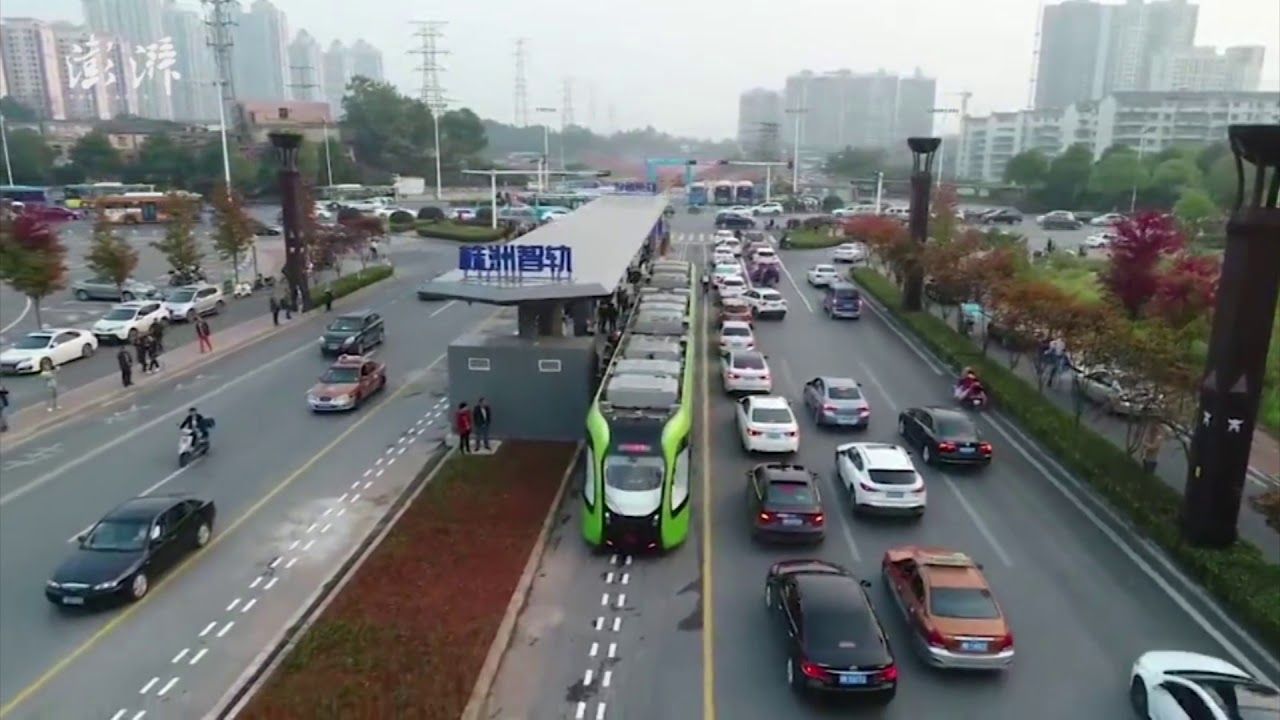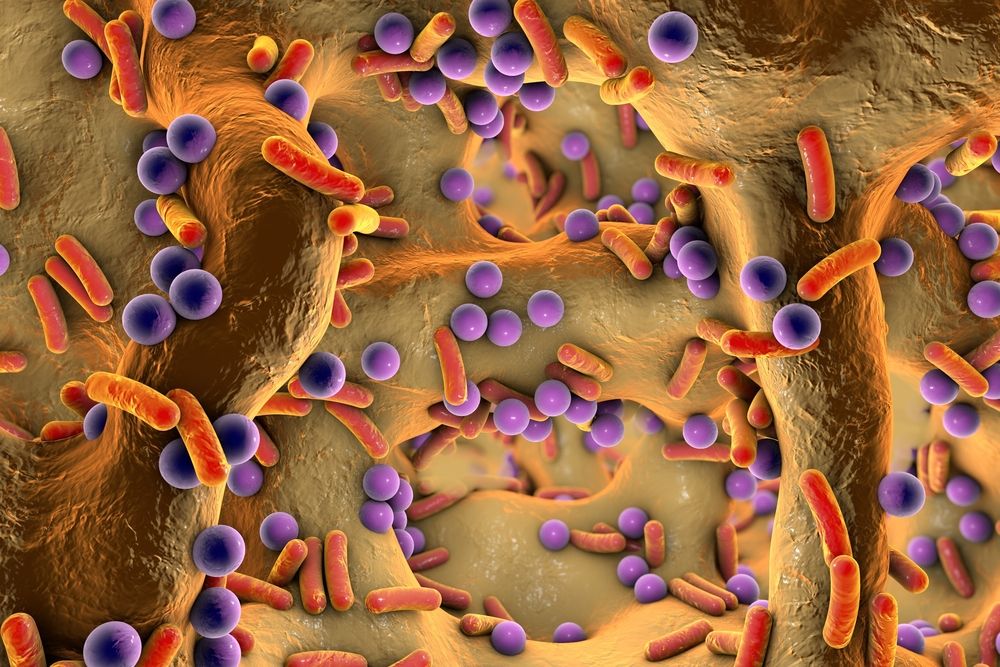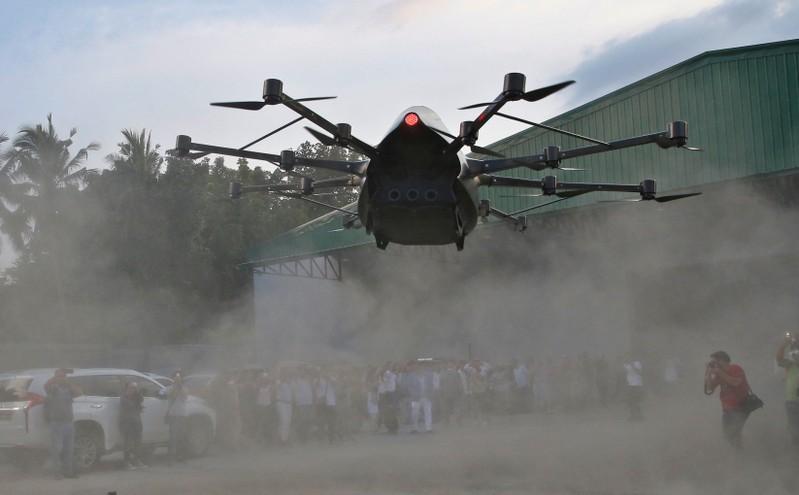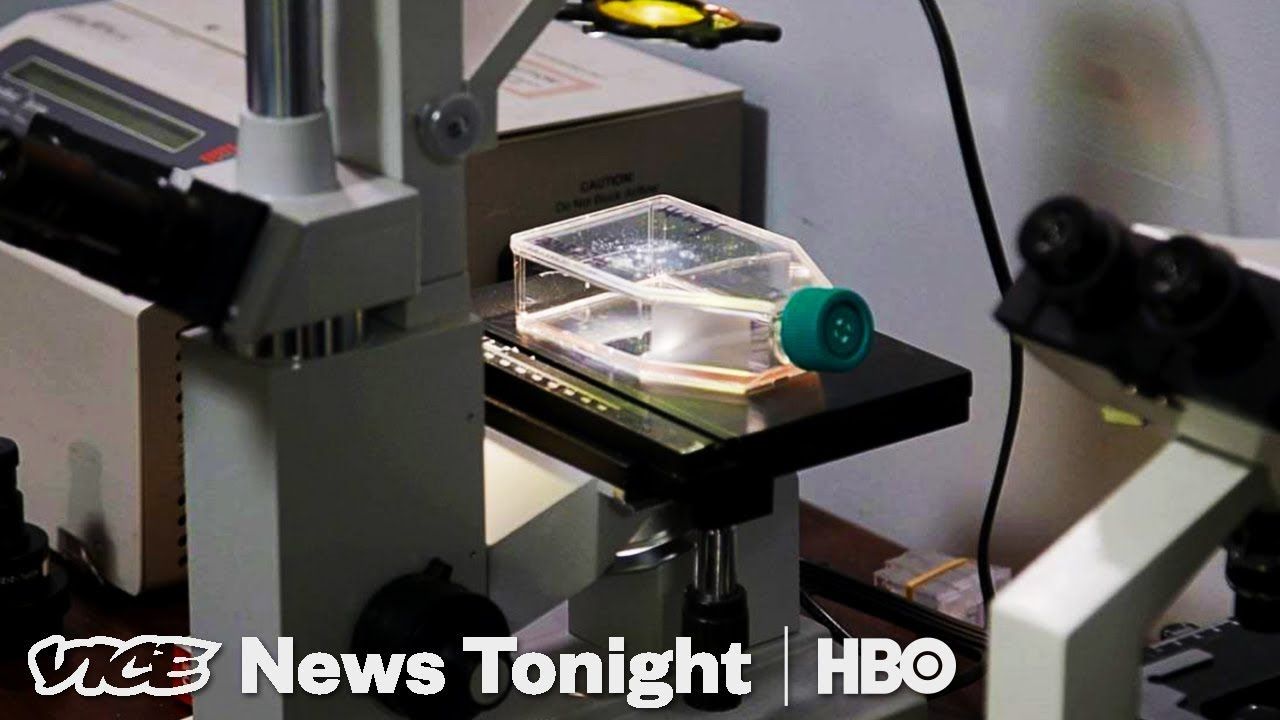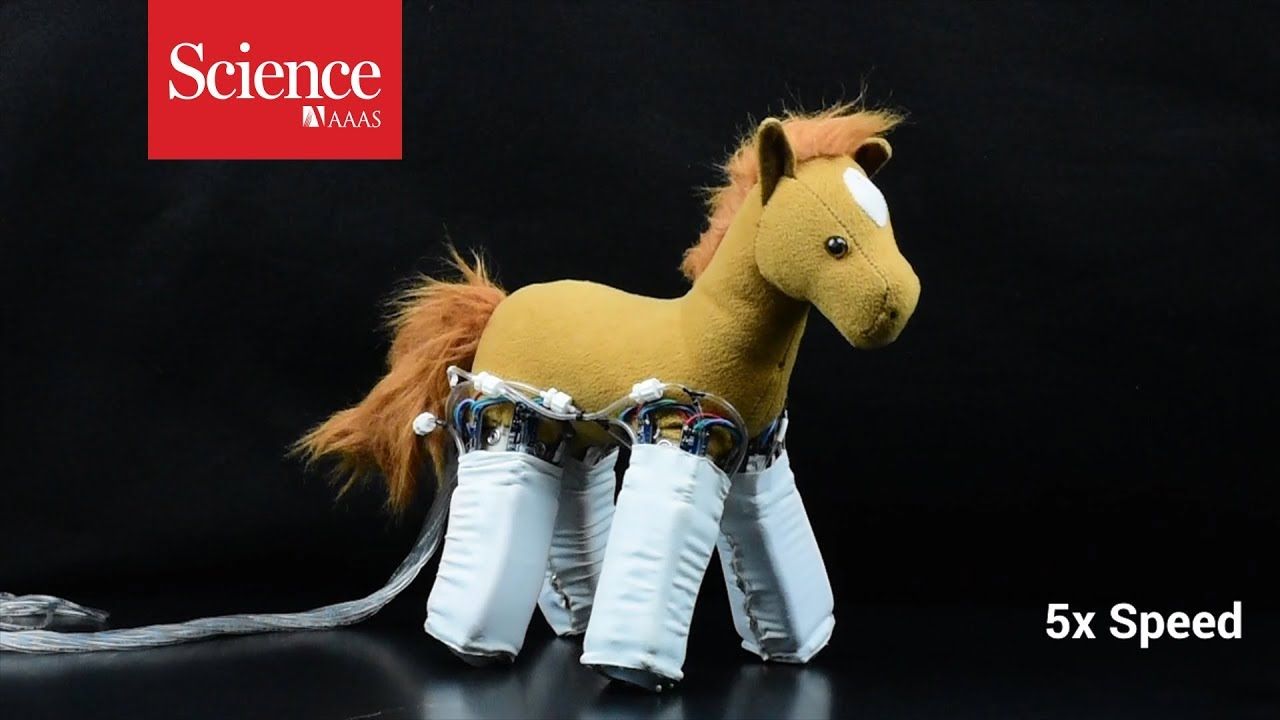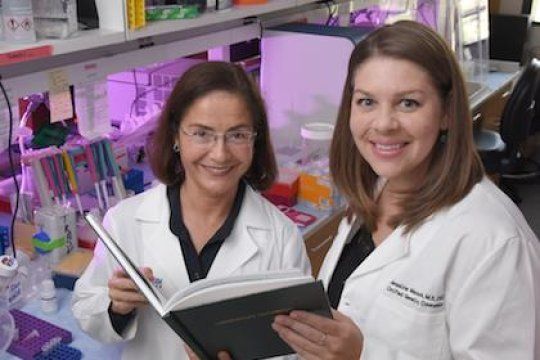Sep 26, 2018
Why trackless trams are ready to replace light rail
Posted by Bill Kemp in categories: government, robotics/AI, transportation
I began my life as an activist academic in 1979 when the Western Australian government closed the Fremantle railway, saying buses would be better. Patronage immediately fell by 30% and I ran a four-year campaign to save the railway. We won. I have been writing books and running campaigns ever since on why trains and trams are better than buses. But I have changed my mind. The technology has changed, and I think it will end the need for new light rail.
“Trackless trams” are based on technology created in Europe and China by taking innovations from high-speed rail and putting them in a bus.
Continue reading “Why trackless trams are ready to replace light rail” »
